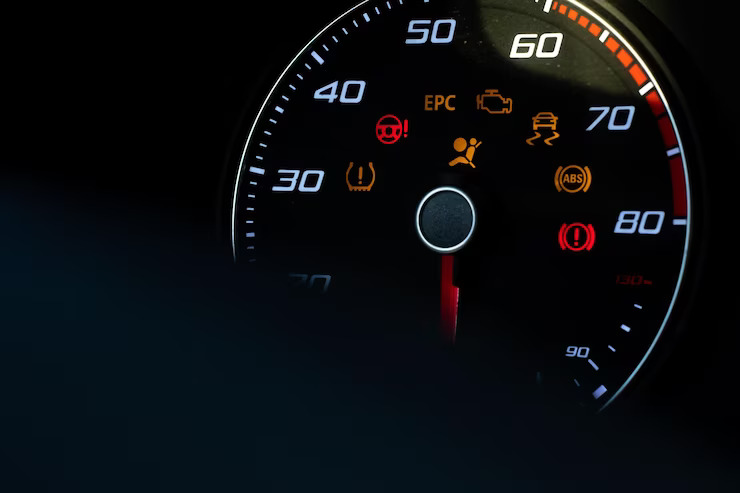Tire traction is crucial for maintaining control and stability on the road. When your vehicle’s tires lack sufficient traction, it can lead to reduced handling capabilities and compromised safety. To help drivers stay informed about tire traction issues, modern vehicles are equipped with Low Tire Traction warning lights on the dashboard. In this article, we will explore the importance of these warning lights, discuss common causes for their activation, and provide solutions to address low tire traction.
Importance of Low Tire Traction Warning Lights:
- Safety Awareness: The Low Tire Traction warning light serves as an essential safety feature, alerting drivers when tire traction is compromised. It indicates that the tires are losing grip on the road surface, which can lead to skidding, sliding, or loss of control, especially in adverse weather conditions.
- Tire Health Monitoring: The warning light is a reminder to pay attention to the condition of your tires. By addressing low tire traction promptly, you can prevent further tire wear, maintain optimal performance, and prolong tire life.
Common Causes for Low Tire Traction:
- Tire Wear: Worn-out tires with insufficient tread depth can significantly reduce traction. As the tire tread wears down over time, it becomes less effective at gripping the road surface. This can lead to decreased traction, especially in wet or slippery conditions.
- Underinflated Tires: When tire pressure is below the recommended level, it can cause the tire’s contact patch to decrease, resulting in reduced traction. Underinflated tires are more prone to skidding and hydroplaning, increasing the risk of accidents.
- Overinflated Tires: Conversely, overinflated tires can also lead to reduced traction. When tires are overinflated, the center portion of the tire tends to make greater contact with the road, reducing the tire’s grip on the outer edges.
- Weather Conditions: Adverse weather conditions such as rain, snow, or ice can significantly affect tire traction. The Low Tire Traction warning light may illuminate during inclement weather as a reminder to exercise caution and adjust driving behavior accordingly.
Solutions for Low Tire Traction:
- Check Tire Tread: Regularly inspect your tire tread depth using a tread depth gauge or the “penny test.” If the tread is worn down to the point where it no longer reaches the top of Lincoln’s head on the penny, it is time to replace the tires. Investing in new, quality tires with adequate tread depth will help improve traction.
- Maintain Proper Tire Pressure: Refer to your vehicle’s owner’s manual or the placard located on the driver’s door jamb for the recommended tire pressure. Regularly check and adjust tire pressure to ensure it is within the recommended range. Properly inflated tires provide better traction and handling.
- Drive with Caution: In adverse weather conditions, it is crucial to adjust your driving style to account for reduced tire traction. Reduce your speed, maintain a safe distance from other vehicles, and avoid abrupt acceleration, braking, or steering maneuvers.
- Seek Professional Assistance: If the Low Tire Traction warning light continues to illuminate or if you are uncertain about the cause, it is advisable to consult a professional technician. They can inspect your tires, diagnose any underlying issues, and provide appropriate solutions.
The Low Tire Traction warning light plays a vital role in alerting drivers to potential tire traction issues. By understanding the common causes for its activation and following the recommended solutions, you can address low tire traction promptly, ensuring better control, stability, and safety on the road. Regular tire maintenance and periodic inspections are essential to maintain optimal tire performance and traction.











